If you type in “how to buy land” in Google, the autocomplete predictions that may appear would have baffled even the savviest Web3 minds just a few years ago:
- How to buy land in the metaverse
- How to buy land in Decentraland
- How to buy land in The Sandbox
Today, some of the most sought after land isn’t composed of dirt and soil, but of pixels. And not just any pixels: pixels whose ownership is certified by a virtual deed, made entirely of code, known as a non-fungible token (NFT).
It may sound a bit wonky at first, but the amount of money that’s pouring into metaverse land, and the rate at which new projects are emerging (such as Otherside by Yuga Labs, of Bored Ape Yacht Club fame), suggests the demand for virtual land parcels is driven by more than just hype.
So how does metaverse land work and why has it become such a hot commodity?
This article provides the knowledge you need for a basic understanding of virtual land NFTs.
What is the metaverse?
We hear a lot about the metaverse but what is it exactly?
The term was coined by science fiction writer Neal Stephenson in his 1992 dystopian novel Snow Crash. In the novel, the most succinct description of the metaverse is “a fictional structure made out of code,” but contemporary definitions usually include elements of virtual reality, 3D spaces, and social media (all of which, by the way, feature in Snow Crash).
Perhaps we can say the metaverse is an immersive online space where users interact with each other in a way that mimics physical world dynamics.
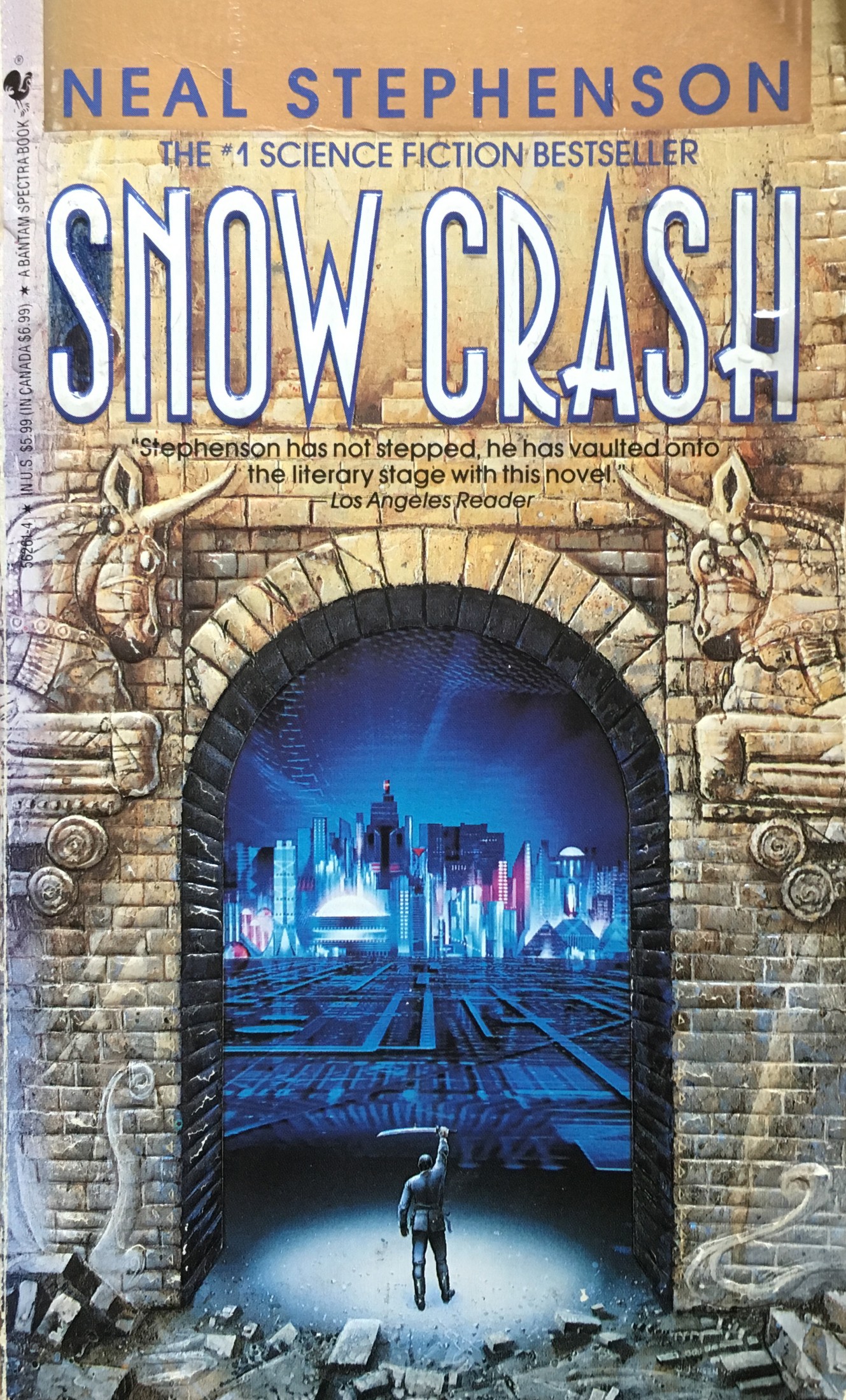
No definition will fully satisfy, however, because the very attempt to describe the metaverse this early in its development is a bit of a fool’s errand. As Eric Ravenscraft of WIRED explains, trying to define the metaverse is like trying to define the internet in the 1970s.
“[The internet’s] building blocks…were in the process of being built,” Ravenscraft writes, “but no one could really know what the reality would look like.”
Sometimes the concept of “presence” is considered a crucial characteristic of the metaverse: when you step inside, you should really feel like you’re there.
“We’ll be able to feel present [in the metaverse],” said Meta CEO Mark Zuckerberg, “like we’re right there with people no matter how far apart we actually are.”
But presence is itself difficult to define, opening up a whole new can of worms, and even 2D games like Axie Infinity are sometimes crowned with the metaverse label despite having no element of “presence”.
Besides, how many metaverses are there? Is the metaverse what we’ll all be using in the future? For now, as this concept is still taking shape, any attempt at a complete, all-encompassing definition will fall short in some way.
Currently the metaverse is whatever the prevailing opinion says it is.
What is NFT virtual land?
NFT virtual land is land within a metaverse that has been tokenized as a unique digital asset on the blockchain. This means it can have real monetary value, and can be bought, sold, and traded on secondary marketplaces (i.e., outside the metaverse where it resides).
How digital land is divided and categorized—and what you can do with it—varies depending on the metaverse. In The Sandbox, a single parcel of land is called LAND, and multiple LANDs can be combined to form an ESTATE. In Axie Infinity, however, land is categorized by rarity (e.g. Arctic land and Mystic land) that can be upgraded using special in-game items.
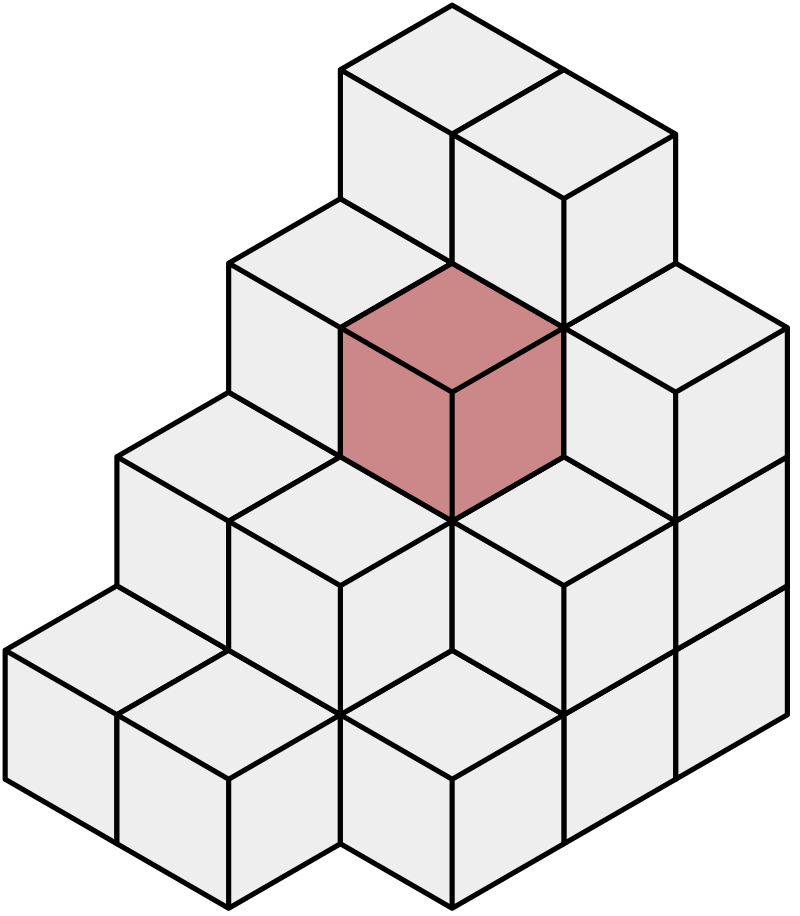
In some metaverses, NFT virtual land consists of voxels, or 3D pixels, which is why these virtual worlds often have the same look and feel of Minecraft, the most popular voxel game.
In Cryptovoxels, for example, which tech writer Maximilian Perkmann calls “a combination of Minecraft and Facebook”, voxels are stacked to form unique in-game assets, including land parcels, that can then be exchanged using Ethereum’s ERC-721 token standard.
NFT virtual land metaverses
The list of metaverses where you can acquire virtual land is getting larger each year as more and more platforms seek to take advantage of what some have called a “virtual land rush”.
Here are few NFT virtual land metaverses to keep on your radar:
Decentraland
Decentraland is a 3D virtual world where 90,601 plots of virtual land can be bought using MANA, the Ethereum token that powers the platform.

Launch date: February 2020
The Sandbox
The Sandbox is a voxel-based sandbox gaming world with 166,464 parcels of “LAND”—NFTs based on the ERC-721 token standard that can be purchased with SAND tokens.

Launch date: August 2018
Axie Infinity
Axie Infinity is perhaps the most well known example of an NFT play-to-earn game. There are just over 90,000 plots of tokenized land in the Axie homeland Lunacia that can be purchased with AXS tokens.
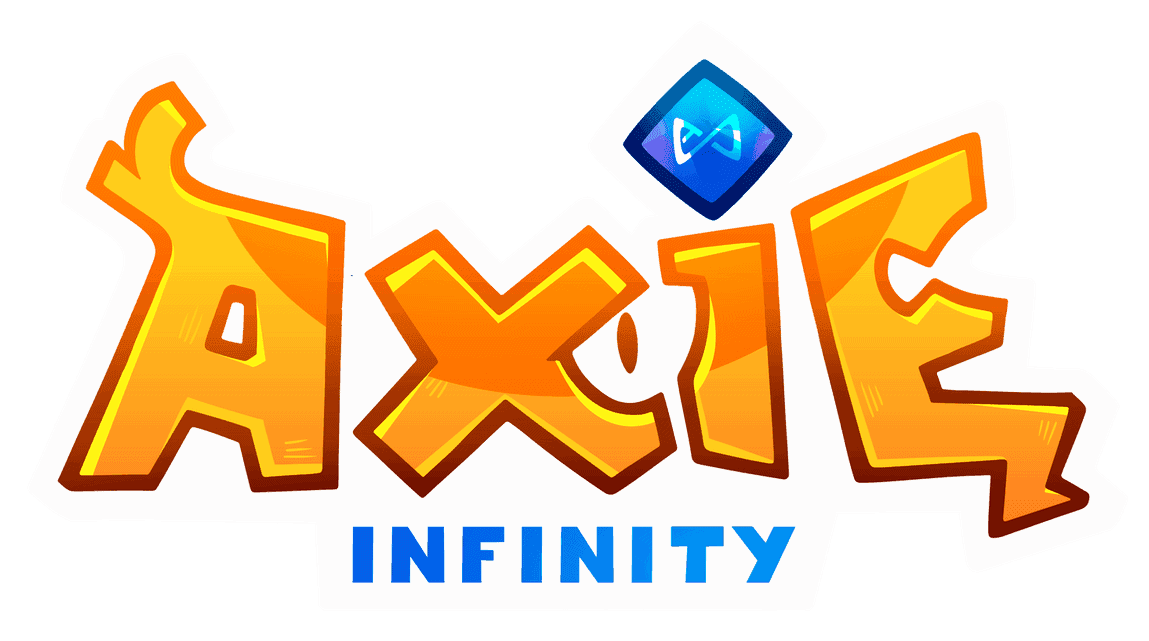
Launch date: March 2018
Aavegotchi
Aavegotchi, the Ethereum-based collectible game, is like the beloved Tamagotchi but on the blockchain. With the launch of the Gotchiverse, players can acquire yield-bearing land called REALM, of which there are currently 100,055 parcels.

Launch date: March 2022
CryptoVoxels (Voxels)
CryptoVoxels (Voxels) is an Ethereum-based NFT metaverse platform that facilitates virtual real estate transactions in the digital world. Users can purchase land parcels and build storefronts or art galleries. Each user has a built-in avatar that they can customize according to their preferences.

Launch date: July 2018
Wilder World
Wilder World is an Ethereum metaverse that provides immersive graphics and a 5D surround sound experience. Users can participate in races and sports by purchasing NFT cars and sneakers, or develop virtual property from scratch.

Launch date: September 2021
Nifty Island
Currently in its beta phase, Nifty Island is the first iteration of the Nyftverse, where users can display and monetize their NFT assets. Unlike other virtual worlds, there is no land scarcity and every user gets a free island when they start playing.

Launch date: Open Beta
Worldwide Webb
Worldwide Webb is an interoperable metaverse running on Ethereum, where users can play as their favorite pixel art NFTs and build customizable spaces. The platform has in-game NFTs that can be sold and exchanged for other digital assets.
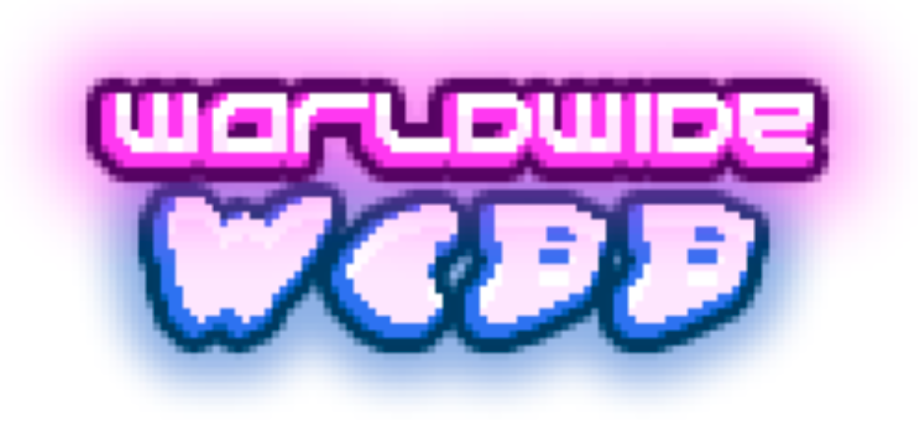
Launch date: TBD
What can you do with metaverse land?
Although the specifics vary by metaverse, the use of NFT virtual land generally falls within two categories: land can be used (in-game) or transacted (bought and sold).
Using land in-game
Again, what you can do with virtual land in-game will depend on the platform, but some common uses include:
Gaming
Some metaverses allow you to use your land to create your own unique gaming experiences. For example, The Sandbox Game Maker allows you to build 3D games with no coding required.
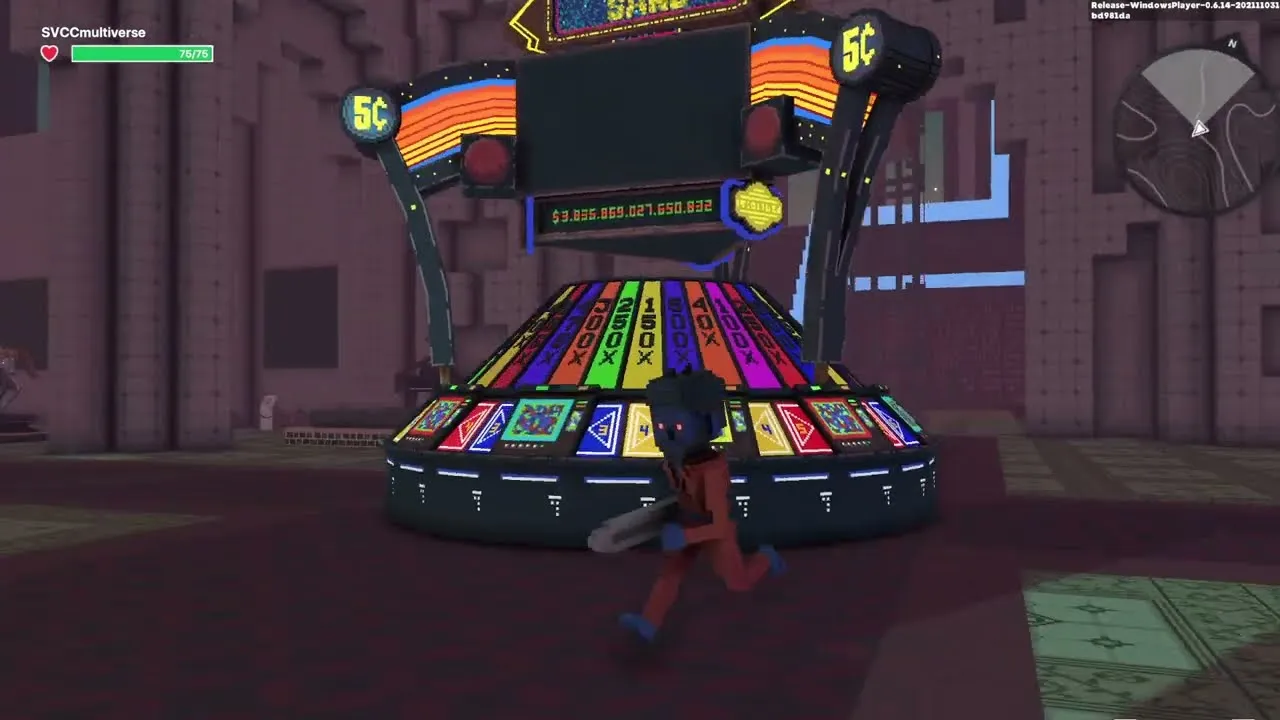
Socializing
Digital land is a great place to host events and socialize with other users in a virtual space. For example, some big-name artists like Deadmau5 have performed live concerts on virtual land.
Advertising
Owning virtual land can be a way to advertise a product or brand. To give an idea of how much this space is growing, there are companies out there that will help you erect a billboard in the metaverse.
Buying and selling land
The main factor that distinguishes NFT virtual land from other virtual land (e.g., land in The Sims) is that NFT virtual land is tokenized as a unique asset on the blockchain.
In its broadest sense, that means recorded land ownership is independent of the metaverse in which it can be used, so it can be bought, sold, and traded on other platforms.
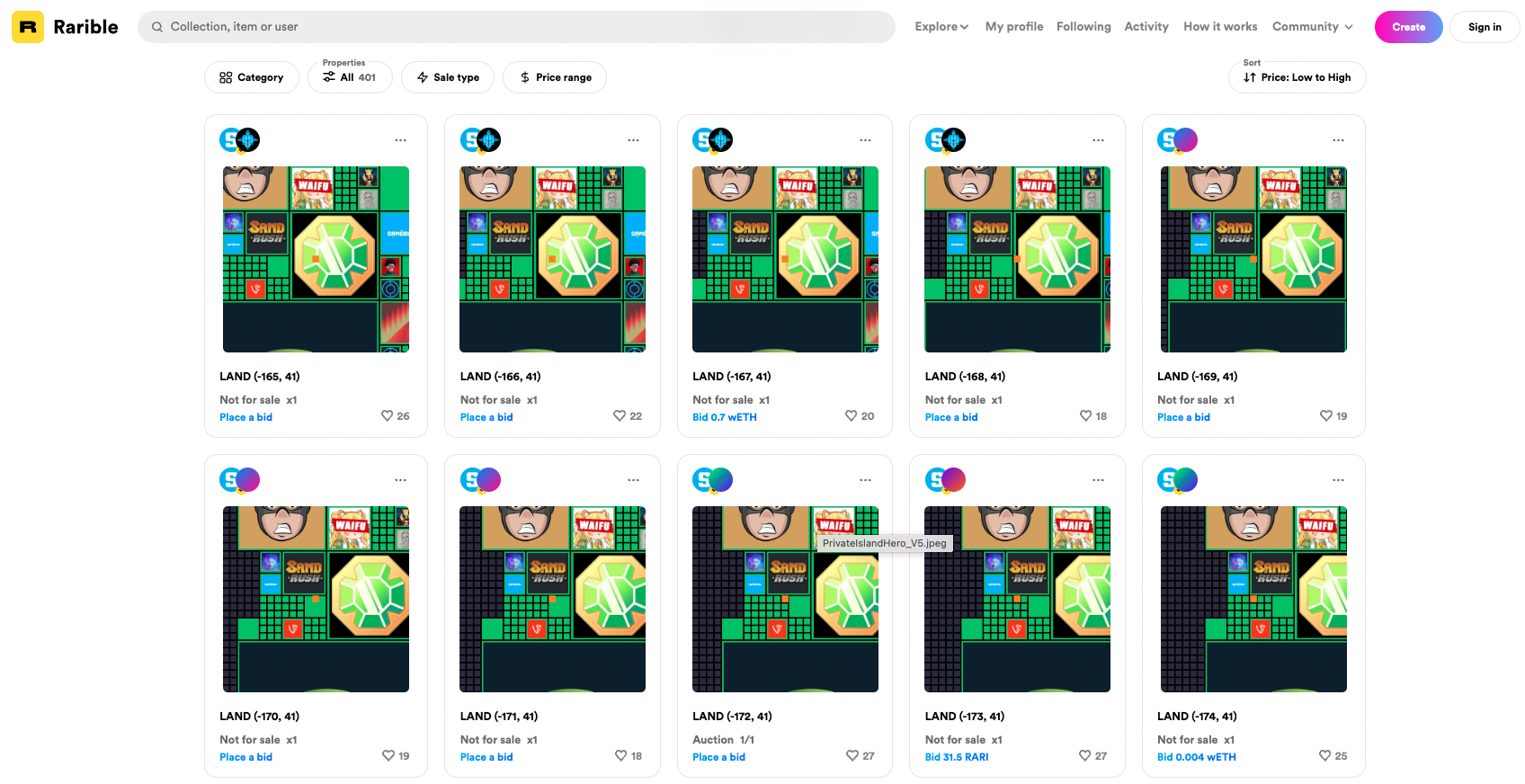
For example, suppose you bought a parcel of land (LAND) in The Sandbox directly from a public LAND sale. You could now take this LAND and gift it to a friend, or sell it on a secondary marketplace like OpenSea or Rarible.
Both options involve making transactions outside of The Sandbox ecosystem (although The Sandbox now has its own marketplace where users can buy and sell LAND directly).
How to determine if NFT land is right for you
Disclaimer: nothing that’s written in this section should be construed as investment advice.
Since NFT land can be bought and sold just like any other asset on the blockchain, and since its value can appreciate as demand grows, choosing whether to buy land in the metaverse is a significant decision.
To illustrate this point, consider the fact that there are people who make money selling NFT land on the secondary market without ever stepping into the virtual worlds where that land can be used.
There are a number of factors to bear in mind when considering whether NFT land is right for you:
Number of users
Does the metaverse have one million users or 1,000? Do you think it will attract more users over time? These are important considerations, since both the size and growth of a metaverse’s user base will have a big impact on the demand for its NFT assets.
Roadmap
As the name suggests, a roadmap provides a course of direction for a project, detailing new improvements and updates. Metaverses can have roadmaps just like other NFT projects (e.g., Decentraland has its “2022 and beyond” roadmap in Trello).
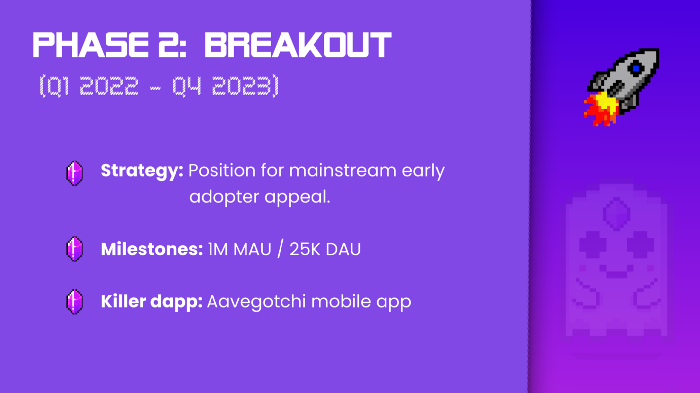
You can use a project’s roadmap as an indication of whether any exciting new plans are in store. You can also use it to get the inside scoop on what’s to be released and when, giving you an edge over others who don’t bother looking for this information.
Dedicated community
While it’s important to look at the size and growth of a metaverse’s user base, you should also gauge the level of engagement. Are users passionate and loyal? How active are forums and other community channels like Discord? Also, don’t just look at how many users are registered on the platform but see if you can find how many users are active and how often they log in.
Outside influence
Stay up-to-date on crypto news so that you’ll remain well-informed about who else is investing in the NFT land that you’re eyeing. Are influencers and big brands getting a piece of the action? If so, what does that tell you about the project’s future? Digital real estate is just like real-world real estate in this regard: where the people go, the money flows.
Who is purchasing land in the metaverse?
As the demand for virtual NFT land continues its steady climb and awareness of blockchain becomes more mainstream, big names in the worlds of entertainment and the private sector have thrown their hat in the ring and acquired some tokenized plots of their own.
Here are a few notable examples of companies and celebrities who have acquired NFT virtual land:
Companies
PwC
In December 2021, Big Four accounting firm PricewaterhouseCoopers bought land in The Sandbox worth over $10,000 USD. A spokesperson from PwC Hong Kong said the acquisition would introduce “new ways to engage with customers and communities.”
JP Morgan
Coinciding with the release of a report in February 2022 about how businesses can benefit from acquiring virtual land in the metaverse, American banking giant JP Morgan revealed that it bought land in Decentraland. The land has been used to set up the Onyx Lounge, named after the bank’s business unit that leverages blockchain technology.
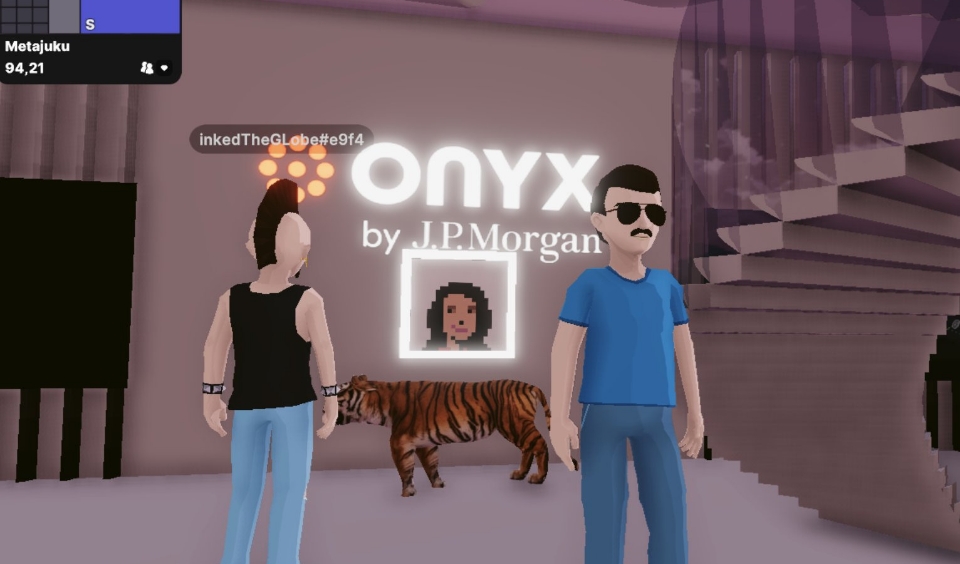
Atari
According to crypto podcast The Scoop, French video game company Atari wants to entice people into the metaverse “the same way that big brand storefronts attract shoppers to enter a shopping mall.” Atari has land in both Decentraland and The Sandbox, and even announced plans to build a virtual casino.
Celebrities
Sara Sampaio
In February 2022, former Victoria's Secret and Sports Illustrated model Sara Sampaio bought a private island. Not a real island of course–an island in The Sandbox, part of an exclusive archipelago sold by NFT marketplace Exclusible. Sampaio’s purchase cost her a whopping 25ETH ($71,000 at the time).
Snoop Dogg
Legendary American rapper Snoop Dogg first stepped foot in the metaverse in September 2021, when he announced his partnership with The Sandbox. The bigger story came later, however, when an NFT collector spent half a million dollars just to be Snoop’s neighbor. Again, where the people go (and in this case, where the iconic rappers go), the money flows.
Paris Hilton
Businesswoman, DJ, and beloved media personality Paris Hilton is showing quite a lot of interest in virtual real estate. One of her many ventures includes a private island on Roblox called “Paris World”, which is its own business. Although Roblox isn’t technically a blockchain game, Hilton is a massive Web3 enthusiast and has already performed in Decentraland.
How do you buy metaverse land?
It's easy to buy NFT virtual land–you just need to know where to look. Generally there are two places to buy NFT land: directly on the metaverse platform itself, or through a secondary NFT marketplace.
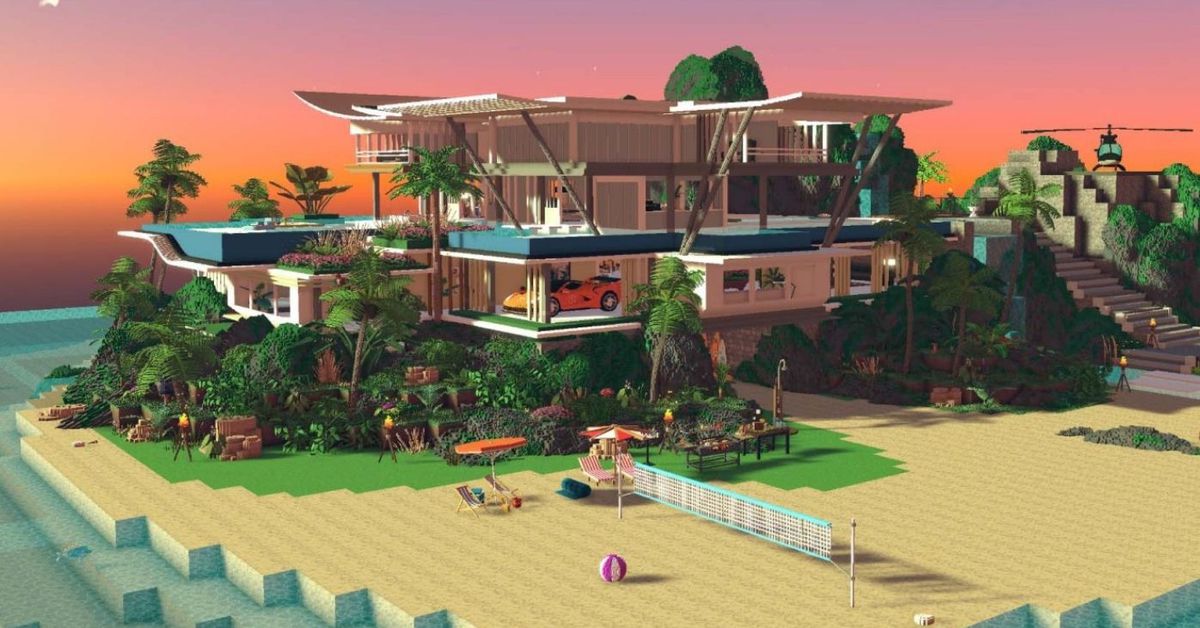
Suppose, for example, you want to buy virtual real estate in Decentraland. You can go directly to the Decentraland marketplace and put in a bid for your land parcel of choice, or you can visit a secondary marketplace like OpenSea where you’ll find a verified collection of land for resale.
Before making a purchase, make sure you have an NFT-compatible wallet, such as MetaMask, and enough crypto for the transaction to go through. You’ll also want to ensure you have the correct crypto.
Where to buy SAND and MANA
If you’re looking to buy LAND directly in The Sandbox, you’ll need to buy SAND, the platform’s native token.
For Decentraland, you’ll need to buy MANA. Both tokens are available for purchase through MoonPay.
Buying virtual land NFTs is easy
MoonPay Checkout makes it easier than ever to buy virtual land NFTs directly using a credit card, with fewer roadblocks and dropout points.
We've removed excessive steps in the purchasing process, including needing to acquire the necessary crypto first and transfer between multiple cryptocurrency exchanges and wallets.
Just choose the NFT you wish to purchase and enter your card details to complete your transaction.
.png)



.png?w=3840&q=90)

